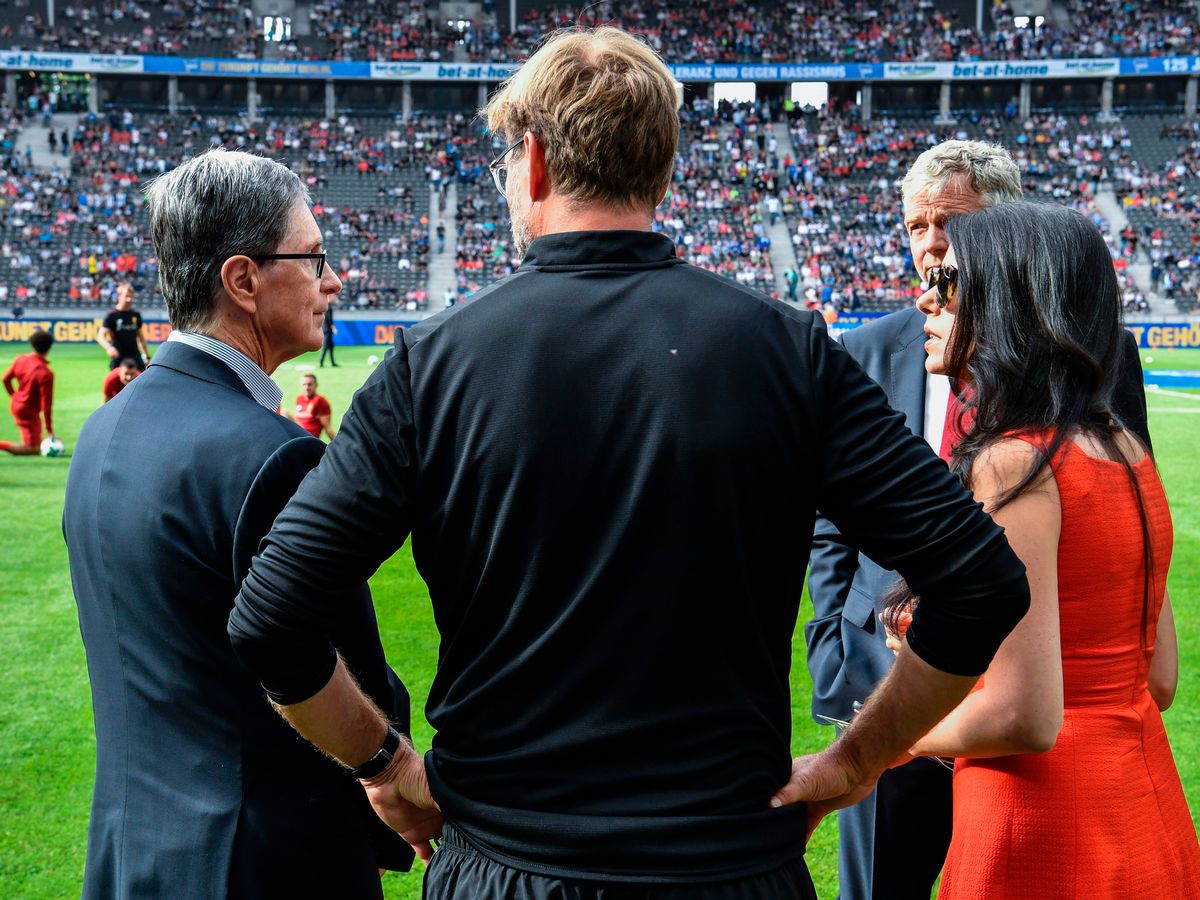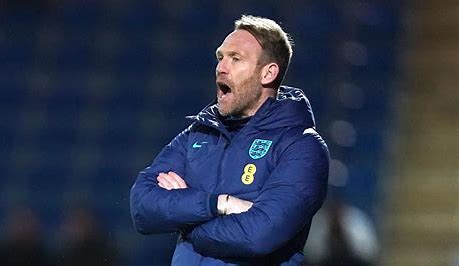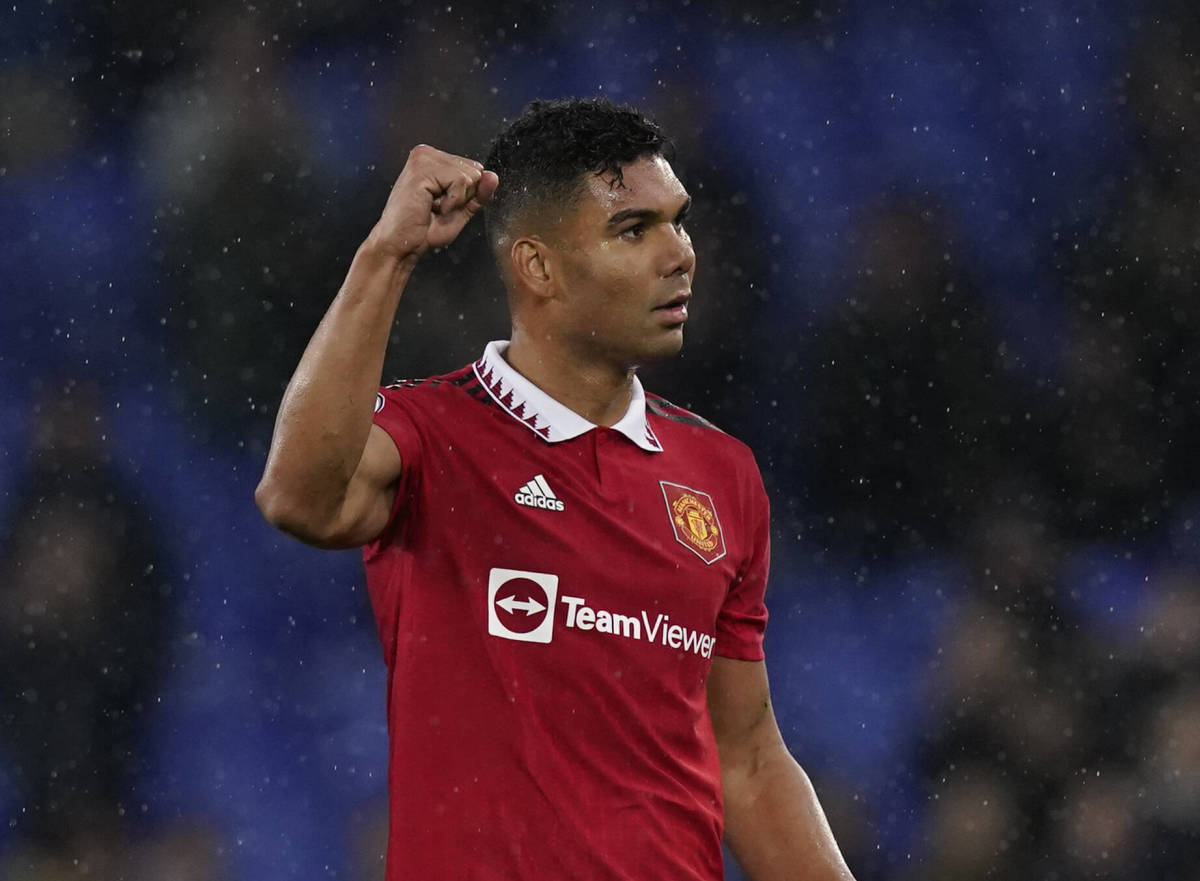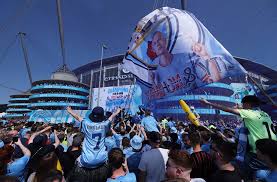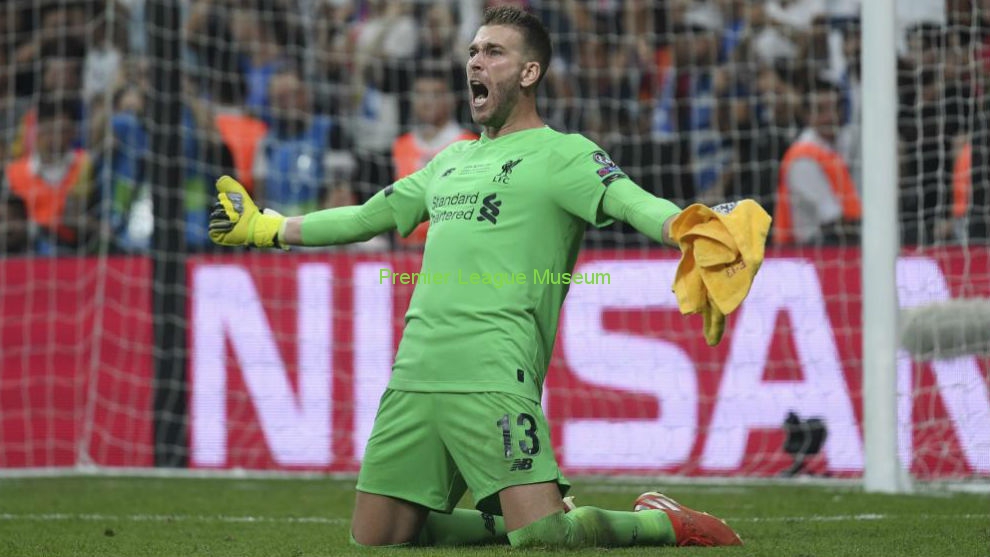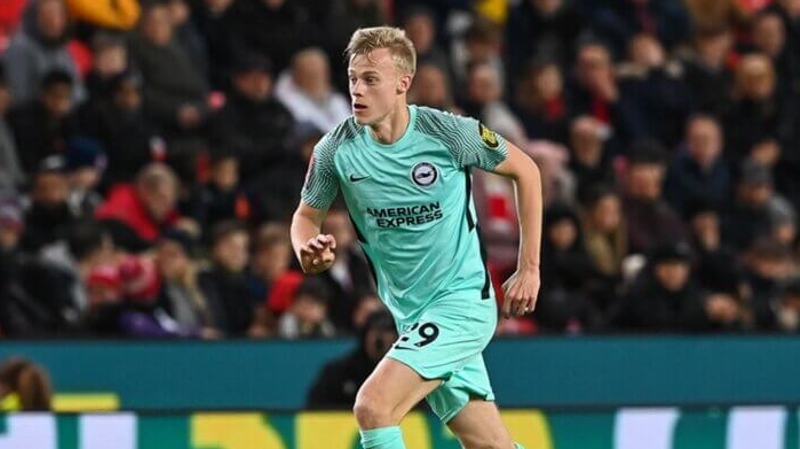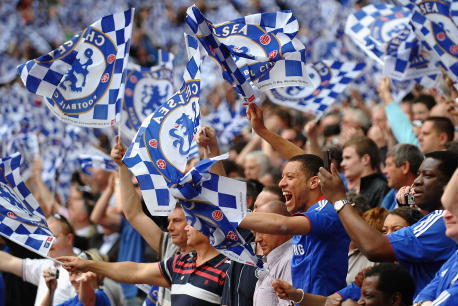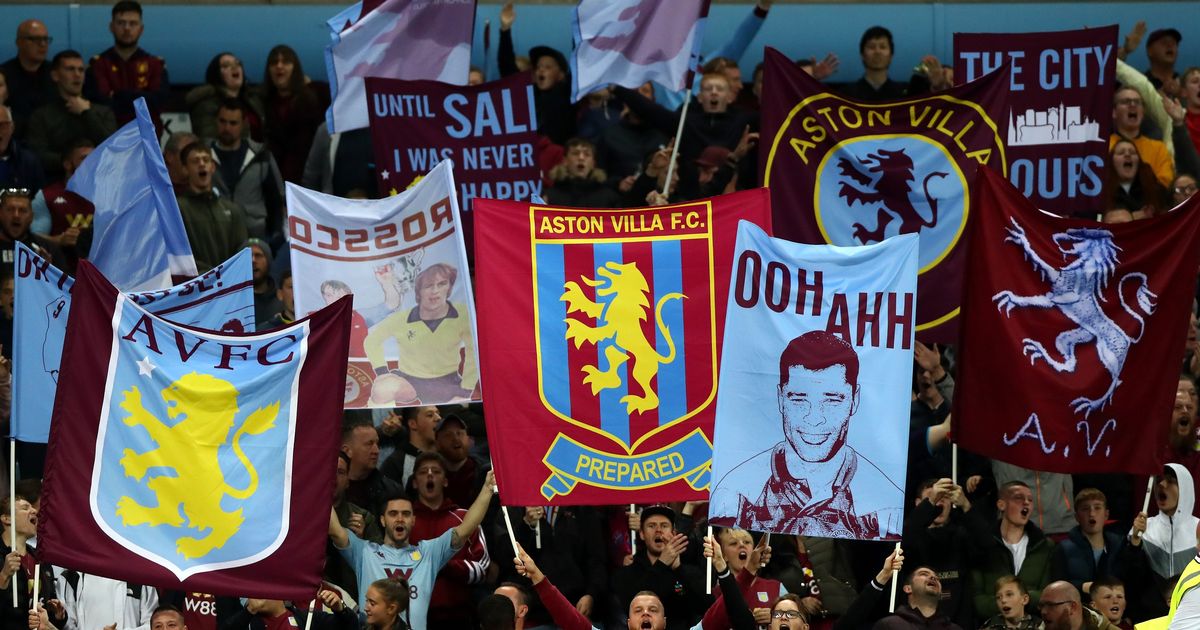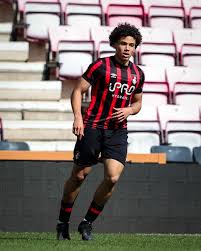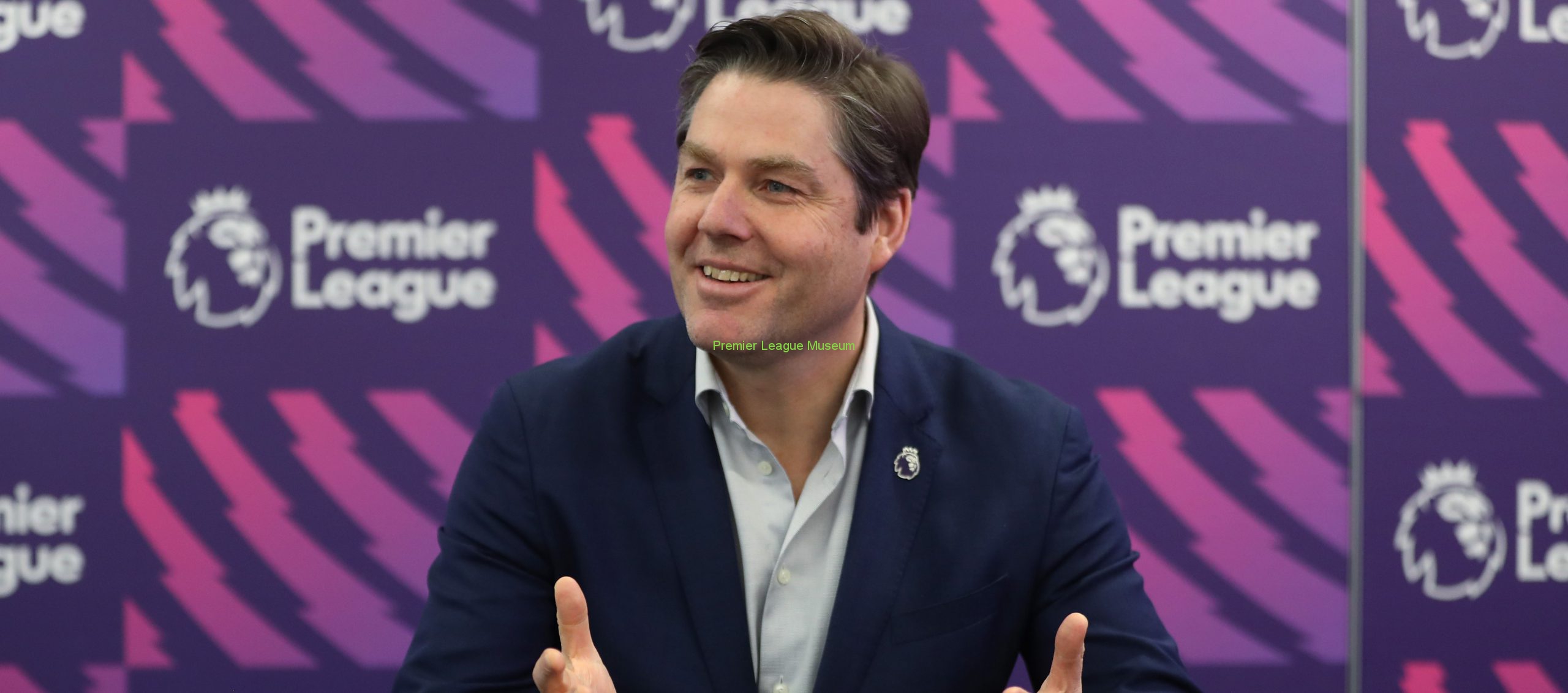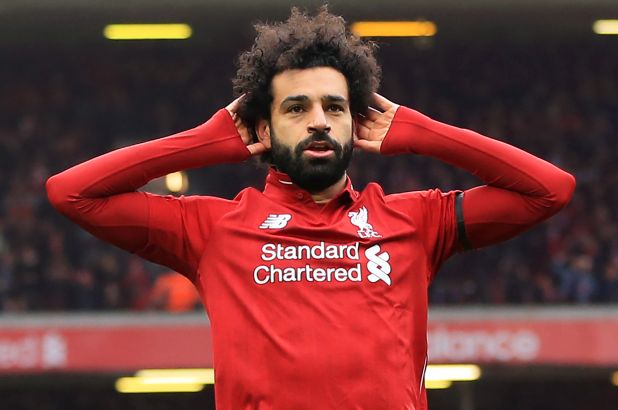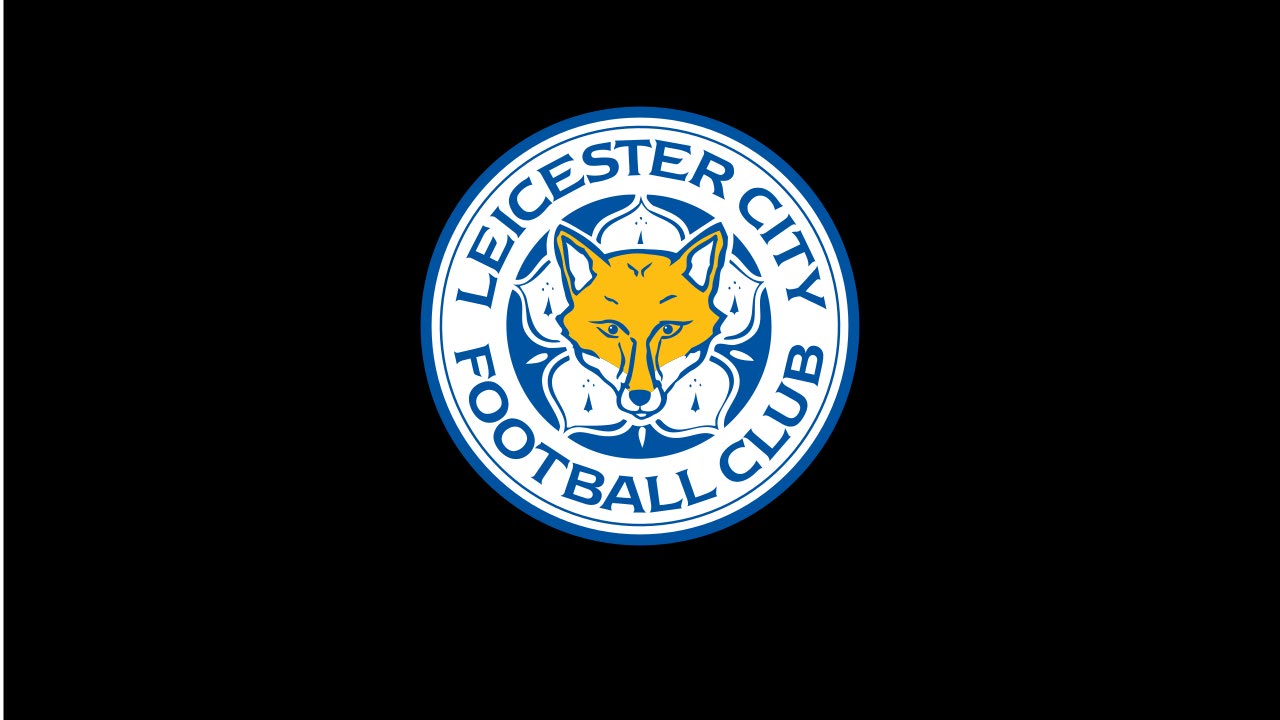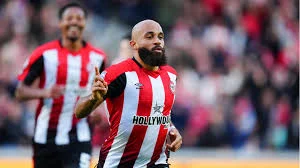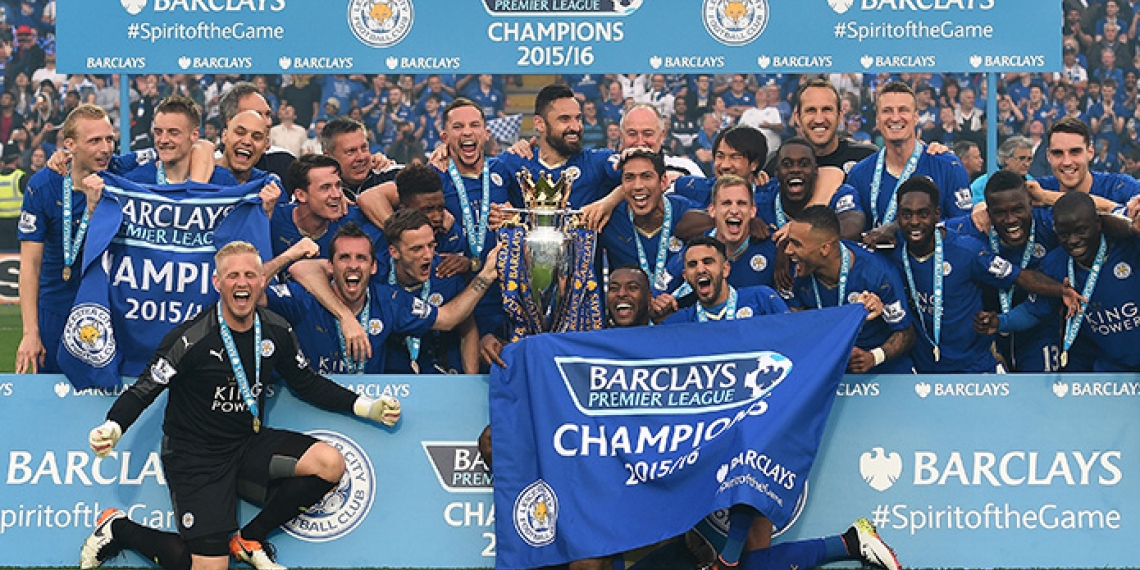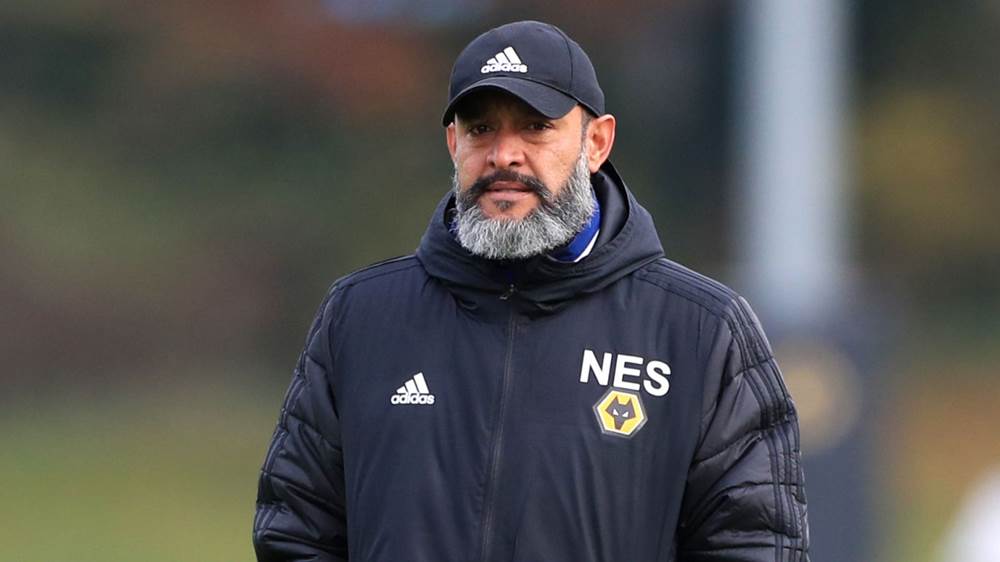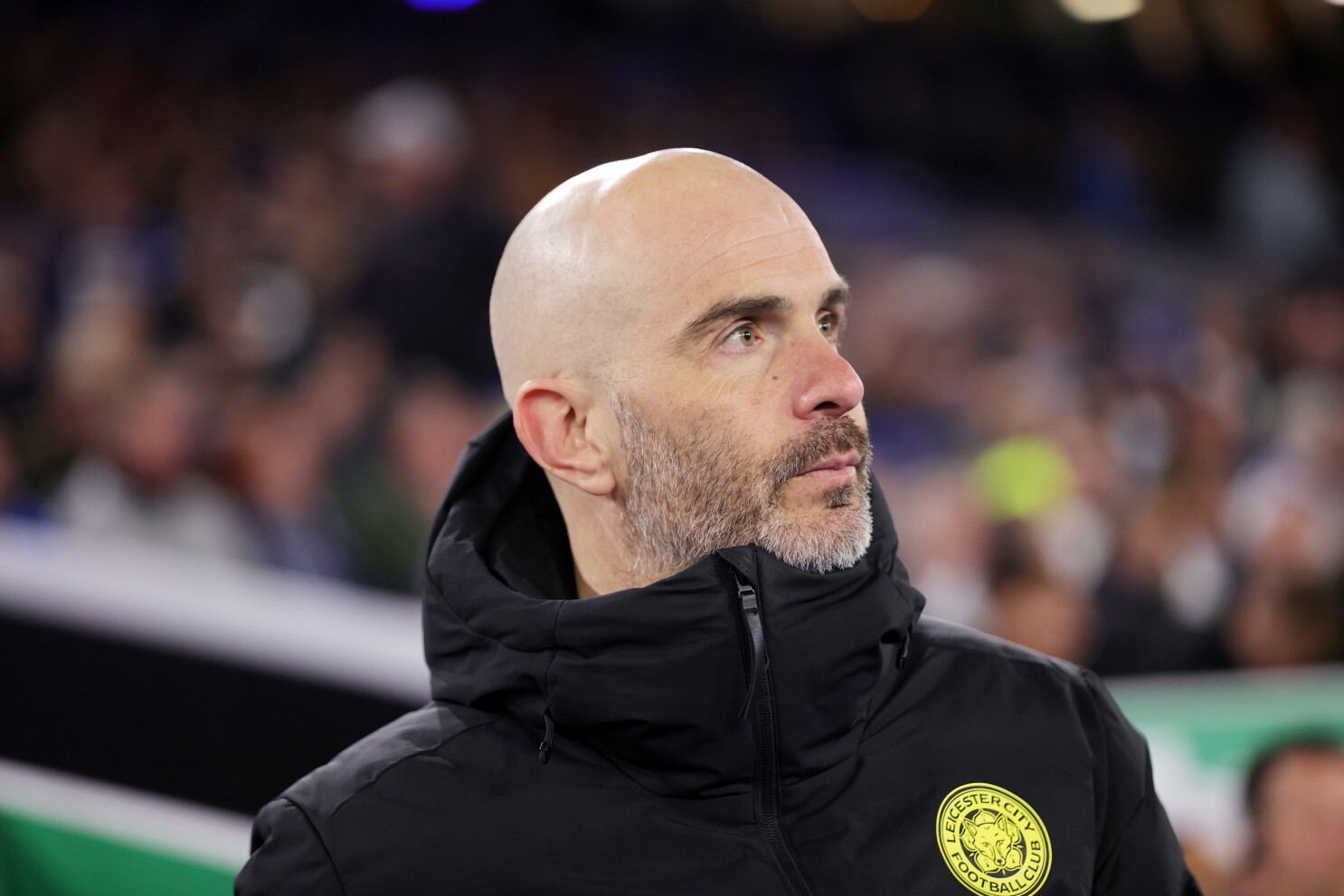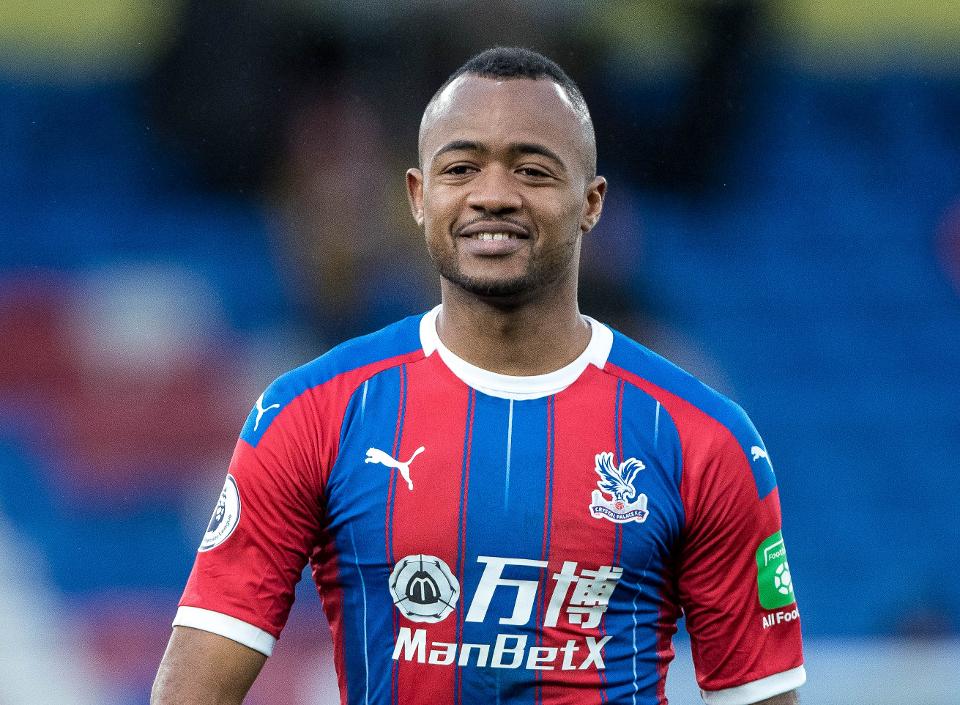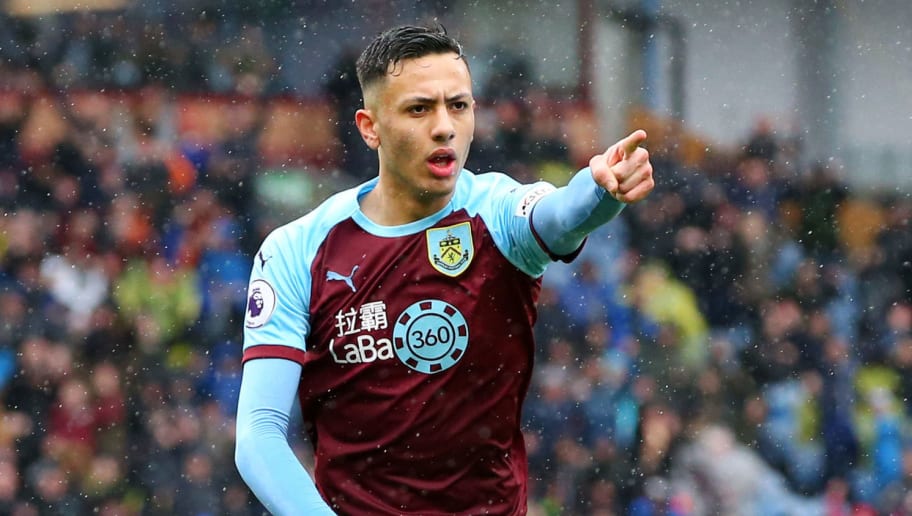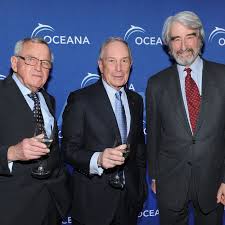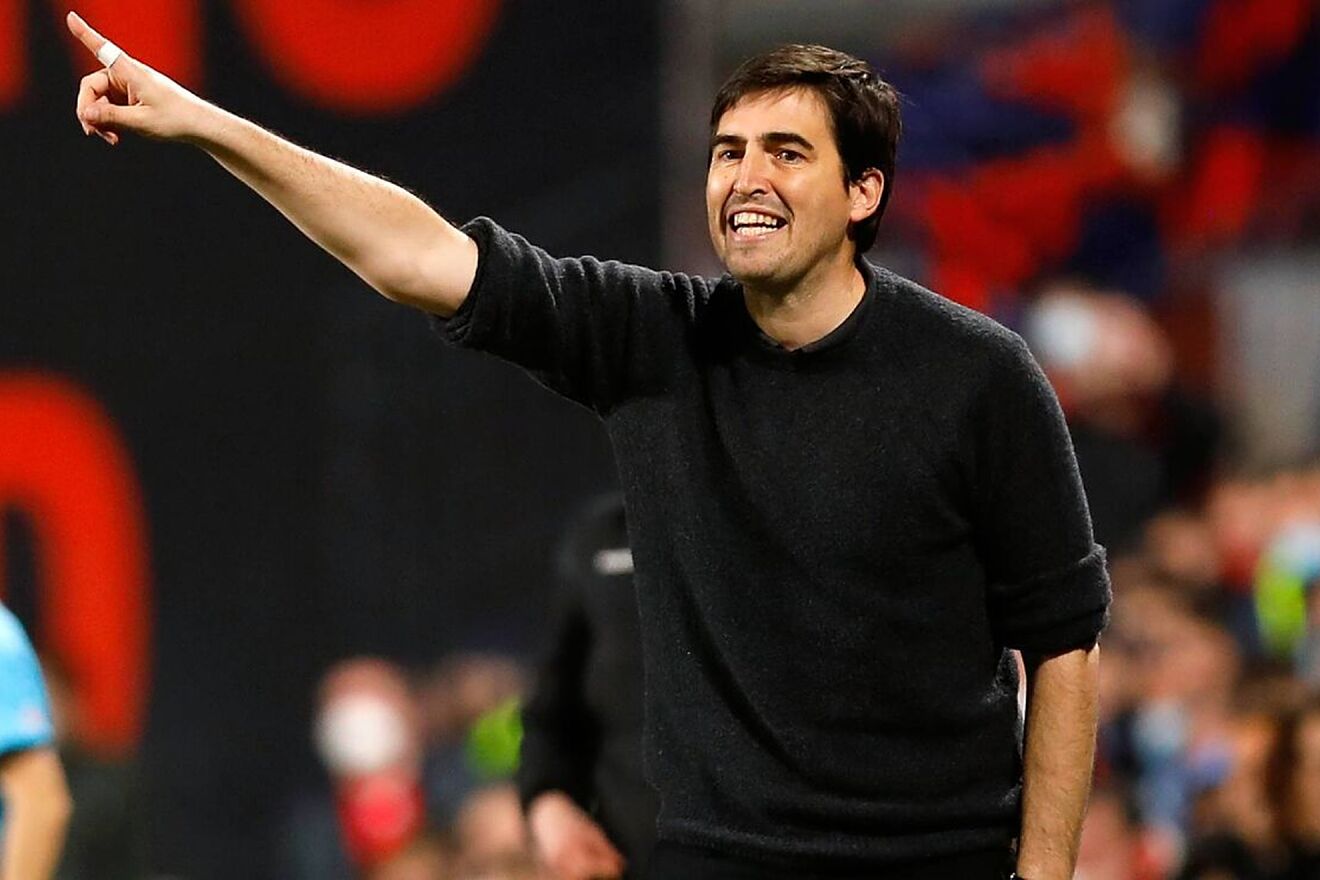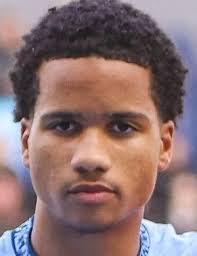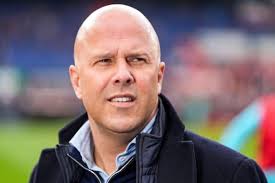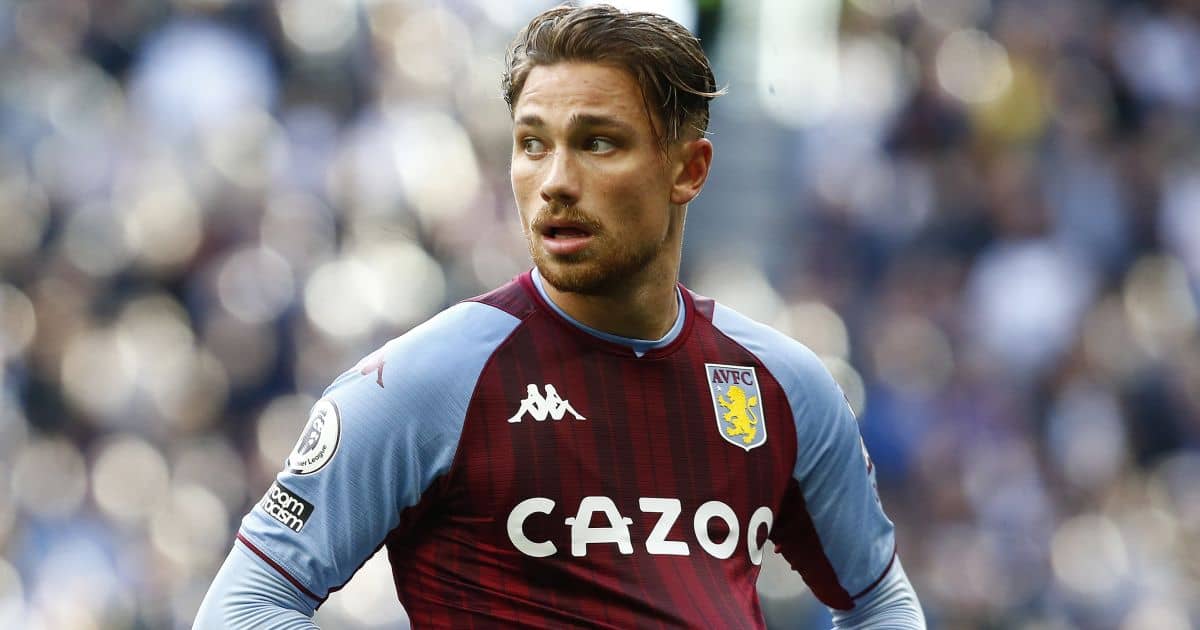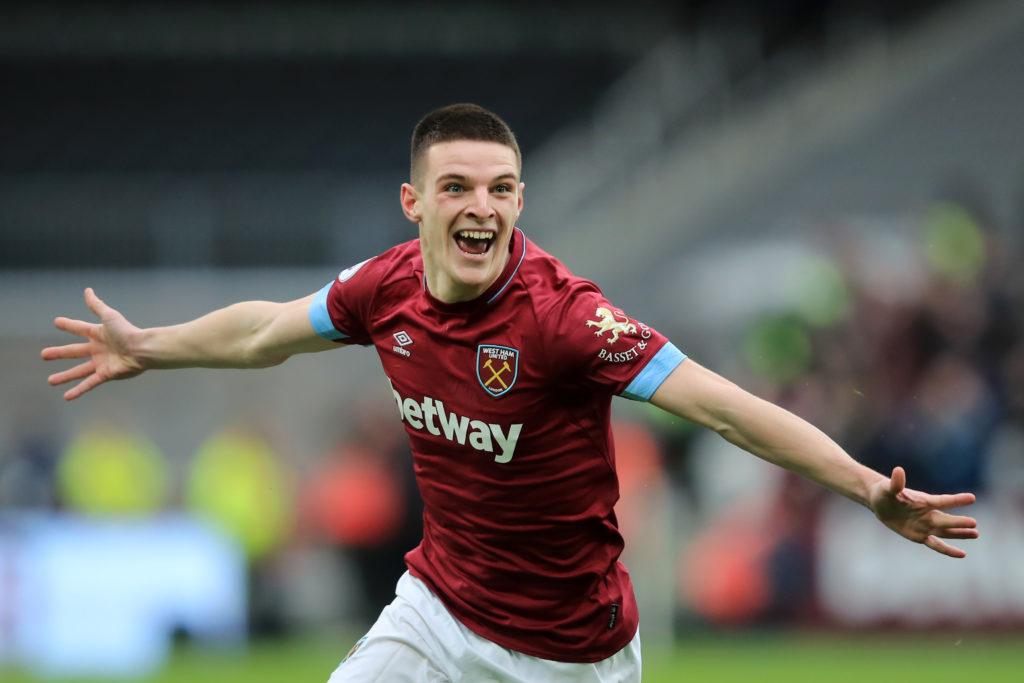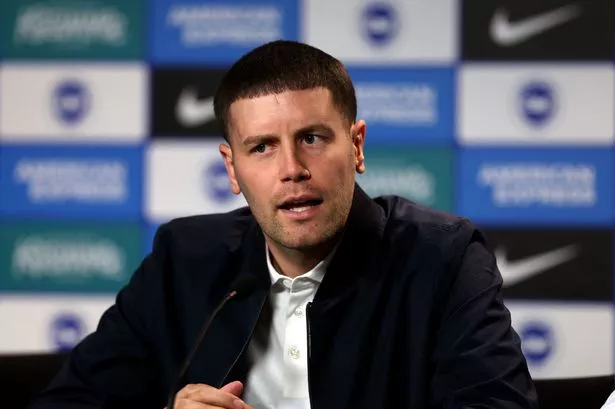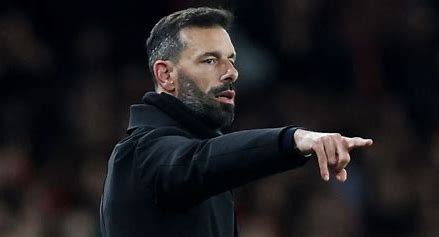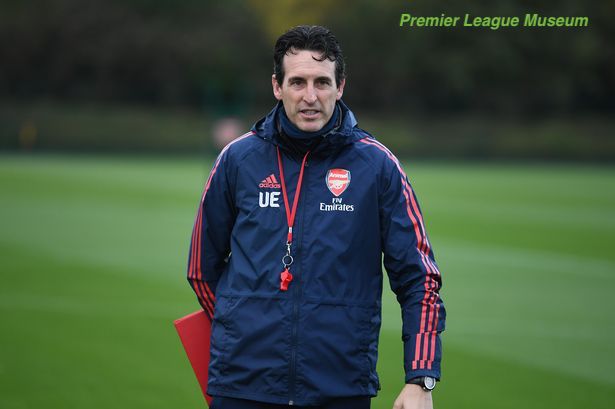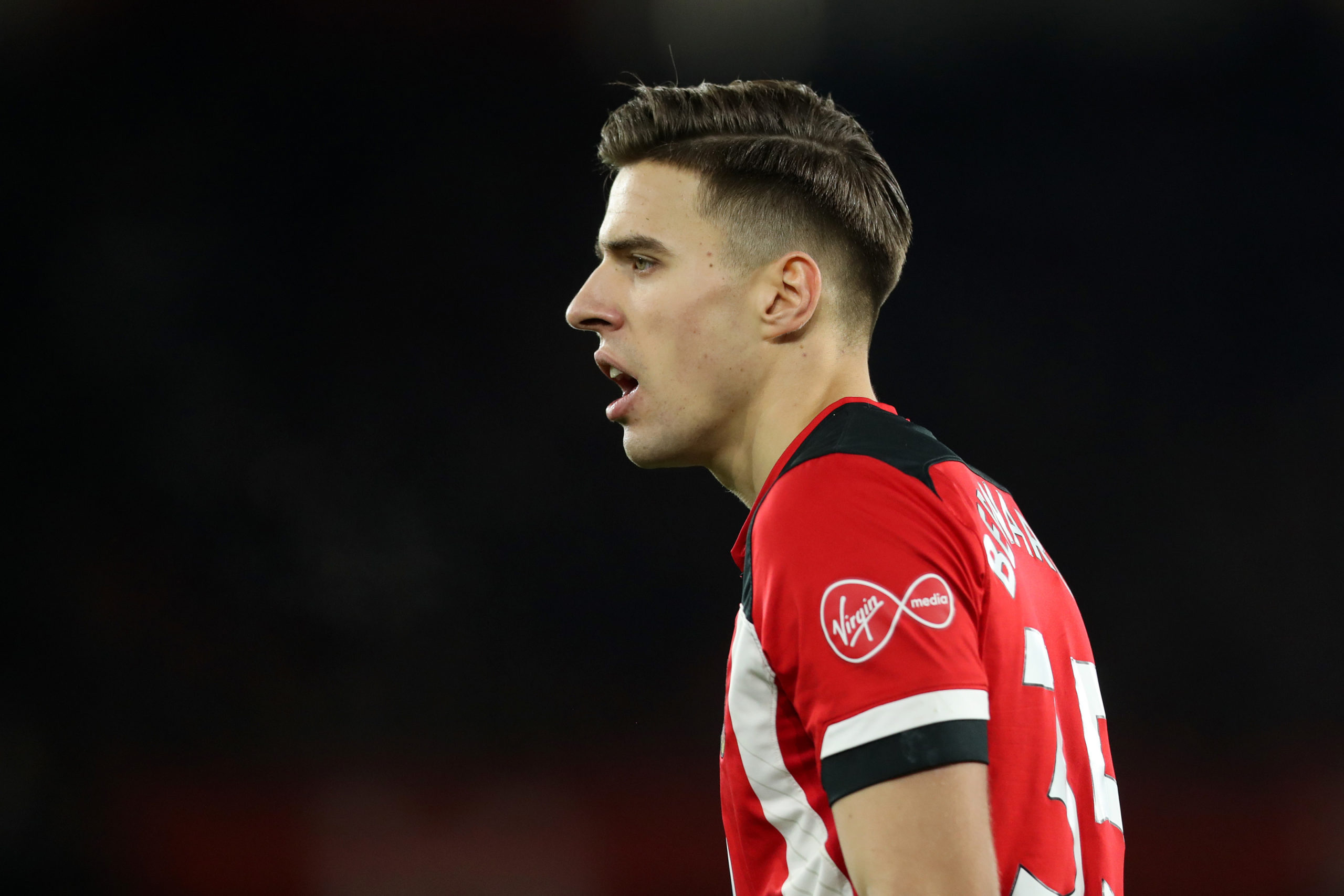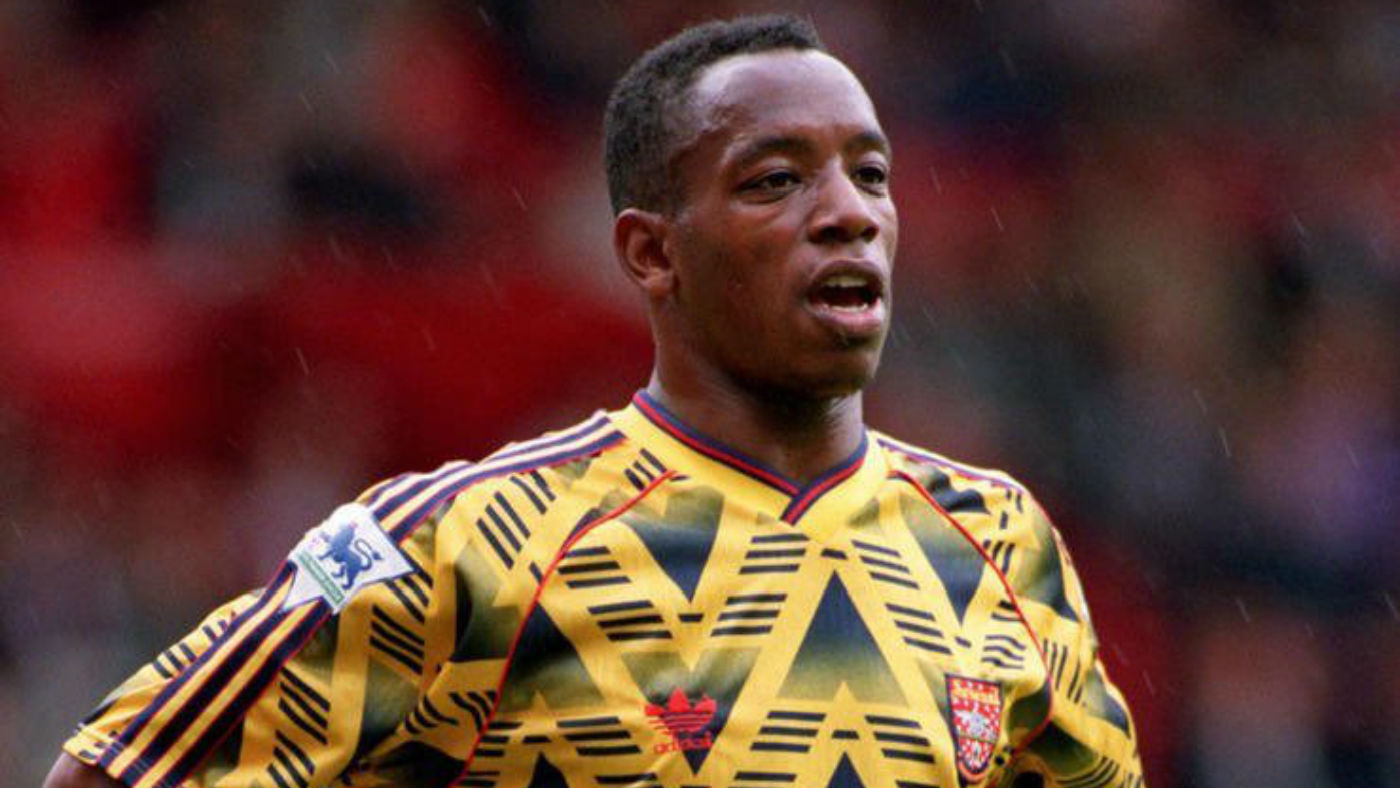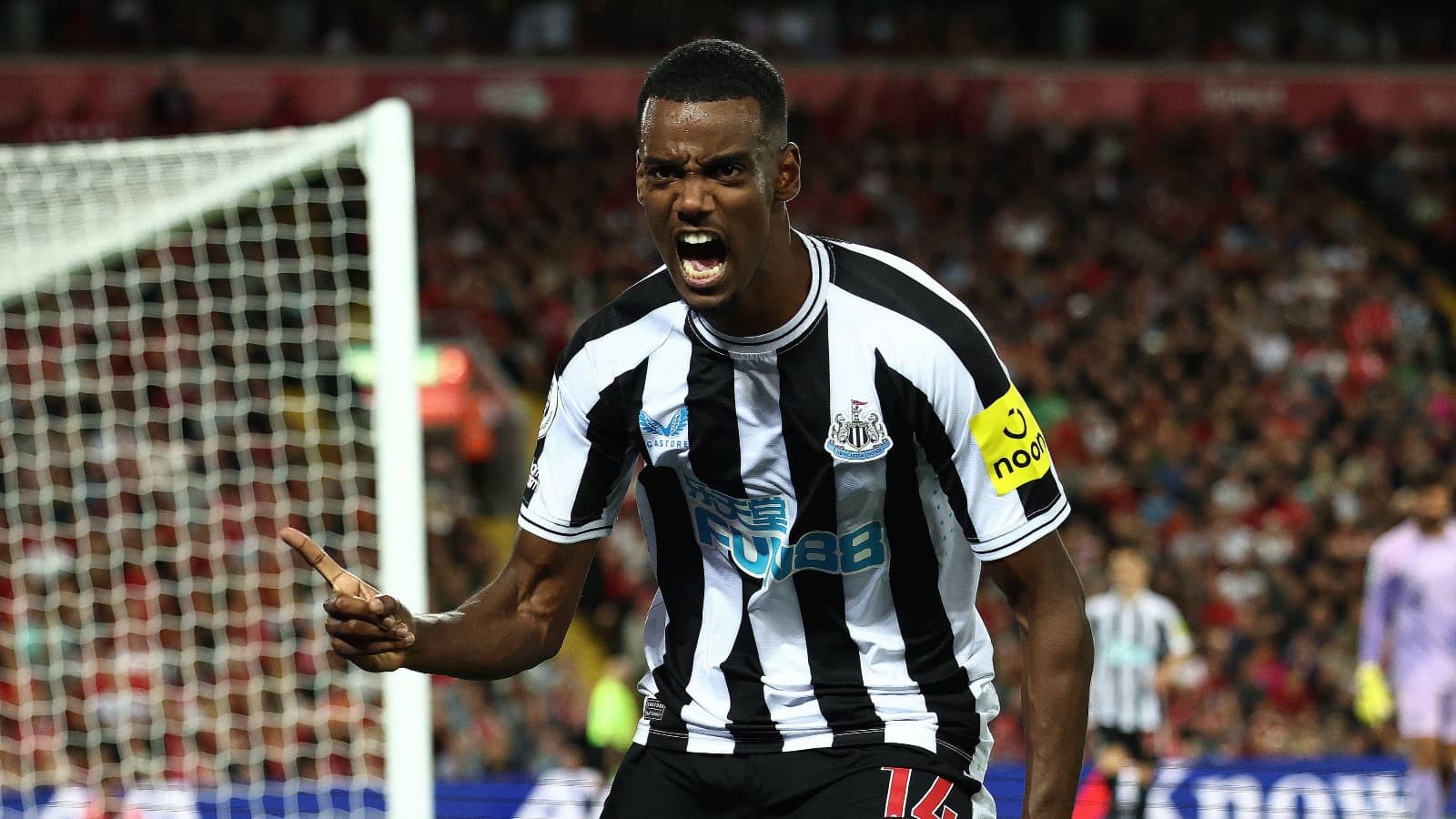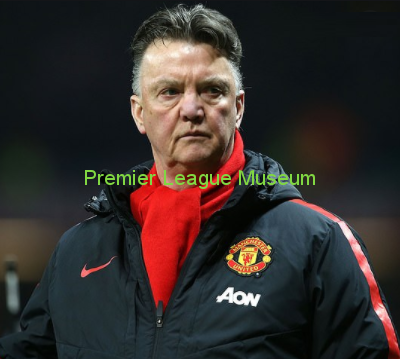For David Moores, it was a decision taken with the heaviest of hearts. But when Liverpool’s majority shareholder made it clear that it was time to sell up, he was inundated with interest from all corners of the globe. It wasn’t difficult to see why. Despite having not won a league title for nearly 15 years, the name of Liverpool Football Club still resonated all over the planet as one of the most famous sporting institutions. A sleeping giant of the game; Liverpool FC, to an overseas investor at least, was viewed as a diamond in the rough. One of the most loyal and well-supported fanbases in sport with a team who were still keeping in touch with their rivals on the pitch, a relatively modest purchase was a potential goldmine. Moores reluctantly accepted that more capital was needed to compete at the summit of an English game that was becoming increasingly cut-throat. Transfer fees were beginning to spiral to never-before-seen levels as a matter of routine in the Premier League with Manchester United, Chelsea and Arsenal all regularly plundering big sums for big names.
At the turn of 2004, Liverpool’s club-record signing was a tag that still belonged to Emile Heskey, who had joined at the turn of the Millennium for £11million. In that time players like Juan Sebastian Veron (£28m), Ruud van Nistelrooy (£19m), Rio Ferdinand (£30m) and Cristiano Ronaldo (£12m) all signed for Manchester United. Arsenal, too, were big spenders, with Sylvain Wiltord, Giovanni van Bronckhorst and Juan Antonio Reyes joining for more than the record fee over at Anfield. Chelsea’s fortunes were transformed virtually overnight following the takeover from billionaire Roman Abramovich and Moores felt he was becoming increasingly marginalised in his post. Liverpool, of course, were hardly paupers of the rich man’s game, but Moores knew a change would need to come. Anfield needed expanding and the club were not competing at the top end of the market. He had taken them as far as he could and the search for a buyer was on at some point around the beginning of 2004. It didn’t take long before investors surfaced – from all areas.
Firstly, from Thailand. Thaksin Shinawatra saw the LFC brand as a way of redefining the perceived culture of his homeland and its reputation across other nations.
Speaking in May 2004, Shinawatra’s chief negotiator in the deal, Pongsak Ruktapongpisal said: “In Thailand there are a lot of Liverpool fans, close to one million probably. So when we join up with Liverpool it will make many people alert to exercise and sport. It will point them in a better direction and protect them from drugs, especially people living up country in remote areas who might have nothing to do. It’s good for them to play sports and so we chose one of the most famous teams to be our brand.By the end of June, we’ll own a stake in a Premiership club,” he said in May 2004, brazenly raking over his strong interest in Liverpool at the time. The prime minister is aiming for Liverpool but he has high regard for all Premiership teams. He wouldn’t mind any Premiership team at all. Ultimately, I have to say that any team will be fine.”
A bid of £60million for 30 per cent of the shares was tabled by the Thai prime minister.
Thai prime minister Thaksin Shinawatra said “If we agree with what Liverpool proposed, the deal could be done quickly,” Shinawatra said. “But we don’t as we want them to follow us. Our ratio of directors on the board should be high.”
It emerged that the deal would be state-funded through a one-off lottery in Thailand. A sum of £140m was planned to be raised as Shinawatra pledged that no taxpayer’s money would be used to buy a stake in the Reds. Liverpool chairman David Moores waits for the kick off against Chelsea during the English Premiership football match at Anfield in 2006 However, Shinawatra’s plans didn’t stop at Anfield. Impressed by the glitz and glamour that accompanied top-flight football in England in 2004, and its growing celebrity culture, the then-55-year-old wanted in on a slice, however he could cut it. A delegation arrived on Merseyside at the end of May 2004 and were even considering opening discussions with Everton, they claimed. Shinawatra’s grand plan for Anfield would fall through, however.
He cancelled the lottery plans and would be made to re-think his strategy to raise the capital required. Around the same time, polls in Thailand saw Shinawatra’s popularity drop by close to 20 per cent. With a general election due inside 12 months, the Thai PM walked away for good. Ultimately, Shinawatra’s naked desire to own a club – any club – in the Premier League was likely to have been hugely off-putting to Moores and the rest of the Liverpool board room. Shinawatra would eventually make good on his promise of owning a top-flight club as he took over at Manchester City in June 2007.
Moores, alongside then then chief executive Rick Parry, was in no rush to green light any next step and after talks with advisory firm Hawkstone, Steve Morgan’s attempt to inject £50m into the club was rebuffed. He then proposed that £61m be raised through a rights issue and another £12m brought up from a separate issue of shares to fans as he tabled the £73m later that year.
Steve Morgan’s representatives said “The board’s response doesn’t seem to make sense. Mr Morgan’s proposal is to underwrite the investment of £73million into LFC, not to buy the club. What matters to Liverpool Football Club is how much money they have available, as soon as possible, to strengthen their squad and fund the stadium.I would like to thank the many thousands of fans who backed the bid and my family who have been totally supportive. I remain totally committed to Liverpool Football Club and would implore the board to bring all of the uncertainty surrounding both the club and the manager (Gerard Houllier) to a rapid conclusion. I am here with an offer and they can have money in the bank by Christmas. Rafael Benitez can have funds and there will be finance to build a new stadium. Please accept my offer.” Steve has finally lost patience with the Liverpool board using his offer as a stopgap while they scour the world looking for a better one. He is no longer prepared to be used as as stalking horse. Although Mr Morgan’s earlier offers were to invest all £70m directly into the club this was not acceptable to the chairman. Steve has had enough. He has got other things to do with his life.”
After having the significantly restructured offer waved away, Morgan’s representatives revealed the local businessman was “reluctantly withdrawing” his interest. Liverpool’s third largest shareholder had conceded defeat in his attempts to plunder more capital into the club. His designs on increasing his influence at Anfield fell short. However, the offer remained on the table for Moores as he was implored by the construction magnate to grasp it with both hands and give Liverpool FC, what he believed, would be a brighter future. It would be over a further two years before Moores finally sold “the family silver” – to Tom Hicks and George Gillett.

